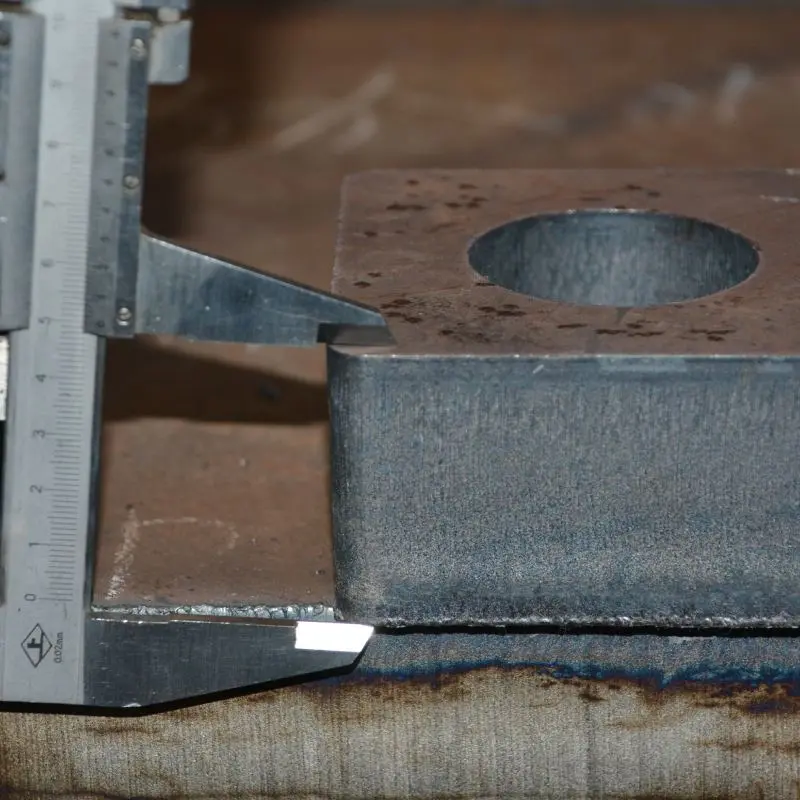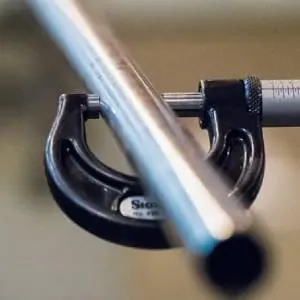In the metal fabrication industry, precision cutting is a critical process that requires accuracy, efficiency, and speed. Traditional cutting methods, such as sawing, milling, and drilling, have limitations in terms of precision and cost-effectiveness. However, with the advent of fiber laser technology, cutting metal with high accuracy and speed has become possible.
Fiber laser cutting is a non-contact cutting process that uses a focused beam of light to melt and vaporize metal, producing clean and precise cuts with minimal heat-affected zones. The laser beam is generated by a fiber laser source, which is a type of solid-state laser that uses optical fibers as the active gain medium instead of crystals or gases. The fiber laser beam is transmitted through a fiber-optic cable and focused by a lens onto the workpiece.
The advantages of using a fiber laser for metal cutting are numerous. First and foremost, fiber laser cutting is highly precise, with cutting tolerances as small as a few microns. This level of precision is essential for cutting intricate shapes and parts that require tight tolerances. Second, fiber laser cutting is incredibly fast, with cutting speeds up to several meters per minute. This speed is vital for high-volume production runs, where time is of the essence. Third, fiber laser cutting is very efficient, with low energy consumption and maintenance costs compared to other cutting methods. Fourth, fiber laser cutting produces a smooth and clean cut edge, eliminating the need for further processing or finishing.
One of the main advantages of fiber laser cutting is its ability to cut a wide range of metals and alloys, including stainless steel, aluminum, copper, brass, and titanium. These metals have different physical properties that require different cutting parameters, such as laser power, focal length, and assist gas type. However, fiber lasers can handle these variables with ease, providing flexibility and versatility in metal cutting applications.

Cut Metal Fiber Laser: The Ultimate Solution for Precision Cutting

Cut Metal Fiber Laser: The Ultimate Solution for Precision Cutting
To cut metal with fiber lasers, a few key steps need to be followed. First, the metal sheet or plate is loaded onto the cutting bed and secured in place. Second, the cutting program is loaded into the fiber laser cutting machine, specifying the cutting parameters, such as the shape, thickness, and material type. Third, the fiber laser beam is focused onto the metal surface, melting and vaporizing the metal in the path of the beam. The molten metal is blown away by a gas jet, such as oxygen or nitrogen, creating a clean and precise cut.
One of the latest advancements in fiber laser cutting technology is the development of cut metal fiber lasers, which provide even higher cutting speeds and precision for metal cutting. Cut metal fiber lasers use a unique beam delivery system that combines a high-power fiber laser source with a motion-controlled cutting head. The cutting head can move in multiple axes, providing greater flexibility and accuracy in cutting complex shapes.

Cut Metal Fiber Laser: The Ultimate Solution for Precision Cutting
Cut metal fiber lasers also use advanced sensors and cameras to monitor the cutting process in real-time, ensuring that the cutting parameters are optimized and adjusted as needed. This level of precision and control is critical for producing high-quality metal parts and components with minimal waste and rework.
In conclusion, cut metal fiber lasers represent the ultimate solution for precision cutting in the metal fabrication industry. With their high cutting speeds, precision, and versatility, fiber lasers are transforming the way metal parts and components are produced. As technology continues to evolve, we can expect even greater improvements in fiber laser cutting, making it an indispensable tool in the manufacturing process. Zinc Laser Cutting Machine


